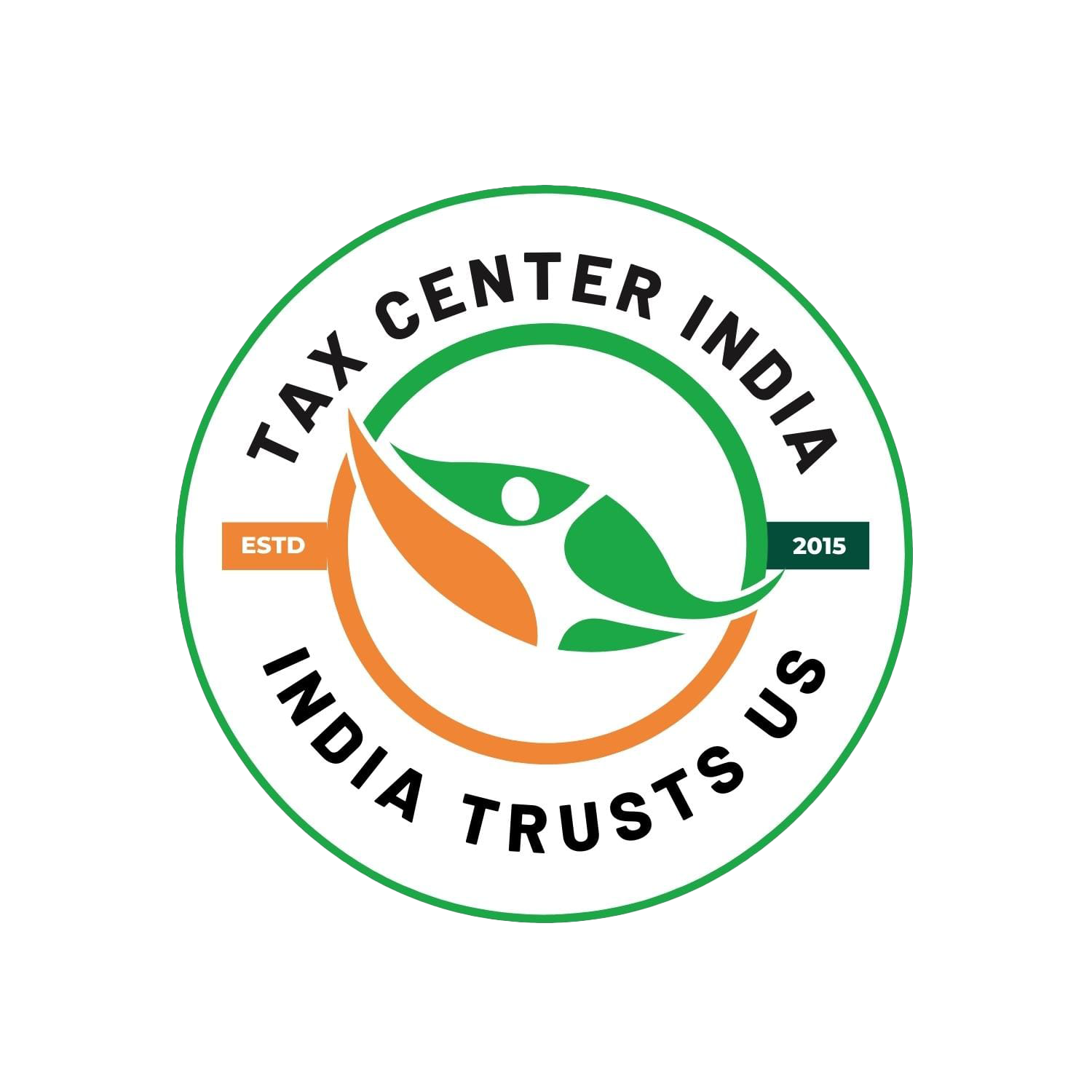A-818, Sun West Bank, Opp. City Gold Cinema, Ashram Road, Ahmedabad -380009
Trademark


Get in Touch
Contact Info
-
-
info@taxcenterindia.com
-
+91-8153002300
+91-9662299517

Trademark
A trademark is a sign capable of distinguishing the goods or services of one enterprise from those of other enterprises. Trademarks are protected by intellectual property rights.
Trademarks are special unique signs that are used to identify goods or services from a certain company. They can be designs, pictures, signs or even expressions. It is important because it differentiates your products from the competitions. It can be associated with your brand or product. Trademarks are classified as intellectual property and therefore is protected from infringement. Trademarks and its rights are protected by the Trademark Act, 1999. To get the protection of trademark rights one has to register the trademark. It is important to register your trademark because it prevents others from copying your mark and misrepresenting other products with your mark. Trademarks help the customers to recognise the brand and the brand value in one look such as the logo of a tick sign for Nike or a jumping wildcat for Puma etc.
Unlike patents, trademark does not have a definite limitation period. Where a patent expires in 20 years a trademark registration expires after 10 years of its registration, but unlike patents, a trademark can be renewed again for another 10 years. This process can be indefinitely done, meaning as long as you keep renewing the trademark it will not expire and will continue to be under the protection of the Act.
Benefits of Trademark
- Exclusivity
- Legal Protection against Infringement
- Goodwill and Brand Value
- Creation of an intangible asset of value
- Global Recognition and Eligibility
- Cost-efficient protection
- Attracts new customers
FAQs
A trademark (popularly known as brand name) in layman’s language is a visual symbol which may be a word signature, name, device, label, numerals or combination of colours used by one undertaking on goods or services or other articles of commerce to distinguish it from other similar goods or services originating from a different undertaking. The legal requirements to register a trademark under the Act are:
If it is a word it should be easy to speak, spell and remember. The best trademarks are invented words or coined words or unique geometrical designs.
Please avoid selection of a geographical name, common personal name or surname. No one can have monopoly right on it.
Avoid adopting laudatory word or words that describe the quality of goods (such as best, perfect, super etc.)
It is advisable to conduct a market survey to ascertain if same/similar mark is used in market.
Under modern business condition a trademark performs four functions
Any person, claiming to be the proprietor of a trademark used or proposed to be used by him, may apply in writing in prescribed manner for registration. The application should contain the trademark, the goods/services, name and address of applicant and agent (if any) with power of attorney, the period of use of the mark. The application should be in English or Hindi. It should be filed at the appropriate office.
The applications can be submitted personally at the Front Office Counter of the respective office or can be sent by post. These can also be filed on line through the e-filing gateway available at the official website.
The Registered Proprietor of a trademark can create establish and protect the goodwill of his products or services, he can stop other traders from unlawfully using his trademark, sue for damages and secure destruction of infringing goods and or labels.
The Government earns revenue as a fee for registration and protection of registration of trademarks
The Legal professionals render services to the entrepreneurs regarding selection registration and protection of trademarks and get remunerations for the same
The Purchaser and ultimately Consumers of goods and services get options to choose the best.
The registration of a trademark confers upon the owner the exclusive right to the use the trademark in relation to the goods or services in respect of which the mark is registered and to indicate so by using the symbol (R), and seek the relief of infringement in appropriate courts in the country. The exclusive right is however subject to any conditions entered on the register such as limitation of area of use etc. Also, where two or more persons have registered identical or nearly similar marks due to special circumstances, such exclusive right does not operate against each other.
For filing new applications there are prescribed forms depending on the nature of application such as Form TM-1, TM-2, TM-3, TM-8, TM-51 etc.
To file a Notice of Opposition to oppose an application published in the Trade Marks Journal (FormTM-5).
The register of trademark currently maintained in electronic form contains inter alia the trademark the class and goods/ services in respect of which it is registered including particulars affecting the scope of registration of rights conferred; the address of the proprietors; particulars of trade or other description of the proprietor; the convention application date (if applicable); where a trademark has been registered with the consent of proprietor of an earlier mark or earlier rights, that fact.
But the basic principle is that the trademark applied for should not be substantially altered affecting its identity. Subject to this changes are permissible according to rules detailed in the subordinate legislation.
It can be removed on application to the Registrar on prescribed form on the ground that the mark is wrongly remaining on the register. The Registrar also can suo moto issue Notice for removal of a registered trademark?
Need Trademark?

- ←
-
Contact Us
Contact Form






